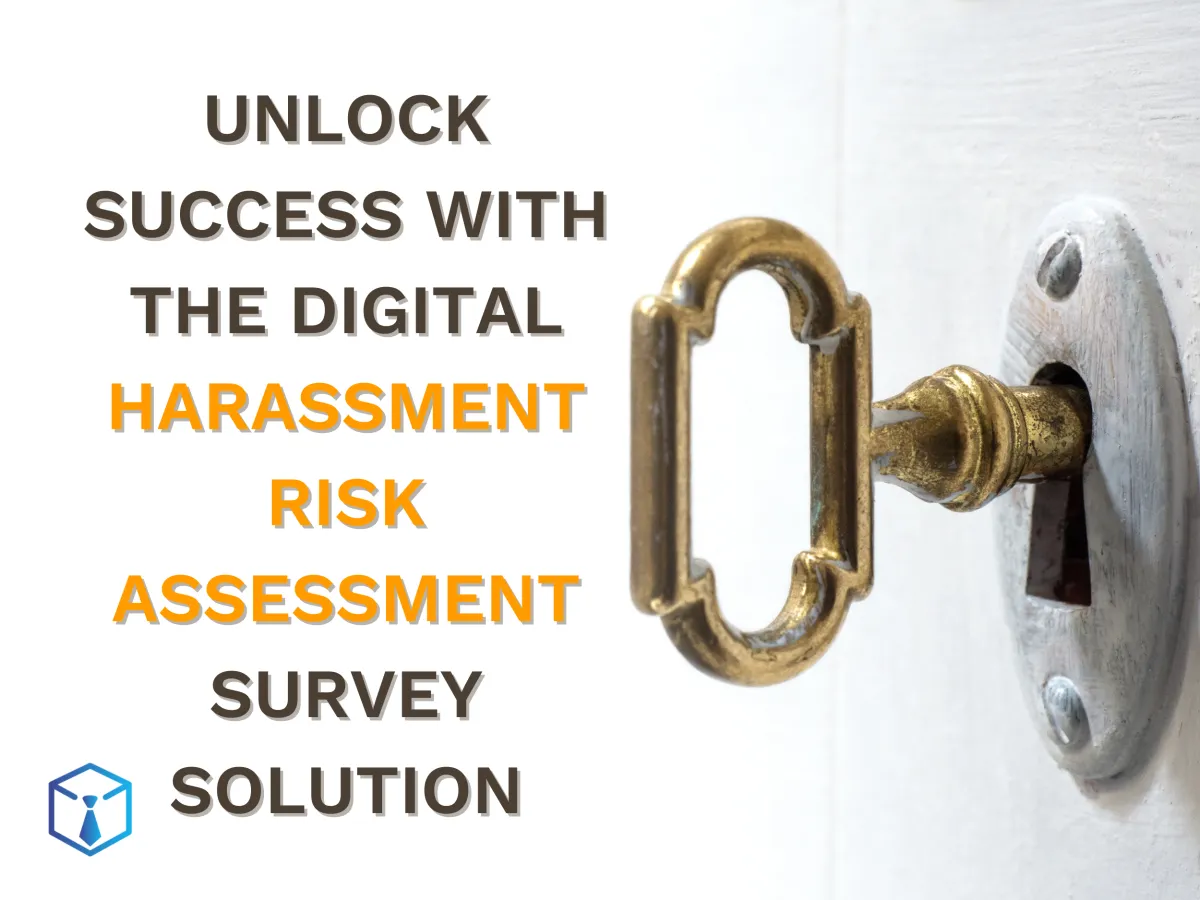
Blogs
Insights into the workplace:
How to navigate challenges,
resolve conflict, and thrive.
Read our blog on why you should consider a Harassment Risk Assessment.
Following the Code of Good Practice
Creating a workplace that is safe, respectful and inclusive of all employees should be the top priority for any employer. To ensure this, employers must take action to prevent workplace harassment by following the Code of Good Practice and conducting a Risk Assessment... Read More

Blogs
Insights into the workplace:
How to navigate challenges,
resolve conflict, and thrive.
Read our blog on why you should consider a Harassment Risk Assessment.
Following the Code of Good Practice
Creating a workplace that is safe, respectful and inclusive of all employees should be the top priority for any employer. To ensure this, employers must take action to prevent workplace harassment by following the Code of Good Practice and conducting a Risk Assessment... Read More
Our Expertise
Read our blogs
Our Expertise
Read our blogs

Unlocking Success: The Strategic Advantage of Conducting a Harassment Risk Assessment
Introduction
Compliance may not be the most exciting activity on your to-do list, and when it comes to point 8.1 of the Code of Good Practice, which requires your company to conduct a Harassment Risk Assessment (HRA). You might have wished it would simply disappear.
Why does HRA provide strategic advantages?
I, however, have some encouraging news for you: conducting a harassment risk assessment can offer strategic advantages to your company. By actively managing and preventing harassment in the workplace, you can create a healthier and more positive work environment. In addition, knowing which harassment types are at the top of employees’ list of concerns, enables you to apply training funds in a focused manner, preventing excessive budget requirements.
While some companies fear that conducting a harassment risk assessment might reflect poorly on senior management if employees report negatively on the state of harassment within the organisation, it's important to recognise the value of obtaining a clear view of the real risks. In fact, conducting an assessment provides your company with amnesty and the ability to respond to your employees' voices. By taking early action based on the assessment's feedback, you can prevent grievances from being logged and demonstrate your commitment to fostering a safe work environment.
Here's where the stakes get higher: failing to manage and prevent harassment in the workplace can lead to dire consequences. Imagine a situation where an employer is found guilty in a CCMA case for negligence in addressing harassment. Such a ruling could result in the employer being denied their EE certificate for a year — a significant blow to the company's reputation and credibility. When we talk about impact, conducting a Harassment Risk Assessment and proactively addressing employee feedback is a small discomfort compared to the risk of losing your certificate. Moreover, it serves as a powerful way to improve your bottom line by cultivating a thriving, inclusive workplace.
Conclusion
Now is the time to take action. Don't let the fear of uncovering potential issues hold you back. Embrace the opportunity to conduct an anonymous Harassment Risk Assessment, as easy as 1, 2, 3, using our digital solution. By doing so, you'll gain valuable insights, identify areas for improvement, and pave the way for a brighter future for your company and its employees.
Remember, compliance doesn't have to be a burden—it can be a catalyst for positive change. Start your journey toward a safer, more productive workplace today. Together, we can unlock success and build a better tomorrow. Click HERE to get a quote and information on how to move this from “to do” to “done”.

Unlocking Success: The Strategic Advantage of Conducting a Harassment Risk Assessment
Introduction
Compliance may not be the most exciting activity on your to-do list, and when it comes to point 8.1 of the Code of Good Practice, which requires your company to conduct a Harassment Risk Assessment (HRA). You might have wished it would simply disappear.
Why does HRA provide strategic advantages?
I, however, have some encouraging news for you: conducting a harassment risk assessment can offer strategic advantages to your company. By actively managing and preventing harassment in the workplace, you can create a healthier and more positive work environment. In addition, knowing which harassment types are at the top of employees’ list of concerns, enables you to apply training funds in a focused manner, preventing excessive budget requirements.
While some companies fear that conducting a harassment risk assessment might reflect poorly on senior management if employees report negatively on the state of harassment within the organisation, it's important to recognise the value of obtaining a clear view of the real risks. In fact, conducting an assessment provides your company with amnesty and the ability to respond to your employees' voices. By taking early action based on the assessment's feedback, you can prevent grievances from being logged and demonstrate your commitment to fostering a safe work environment.
Here's where the stakes get higher: failing to manage and prevent harassment in the workplace can lead to dire consequences. Imagine a situation where an employer is found guilty in a CCMA case for negligence in addressing harassment. Such a ruling could result in the employer being denied their EE certificate for a year — a significant blow to the company's reputation and credibility. When we talk about impact, conducting a Harassment Risk Assessment and proactively addressing employee feedback is a small discomfort compared to the risk of losing your certificate. Moreover, it serves as a powerful way to improve your bottom line by cultivating a thriving, inclusive workplace.
Conclusion
Now is the time to take action. Don't let the fear of uncovering potential issues hold you back. Embrace the opportunity to conduct an anonymous Harassment Risk Assessment, as easy as 1, 2, 3, using our digital solution. By doing so, you'll gain valuable insights, identify areas for improvement, and pave the way for a brighter future for your company and its employees.
Remember, compliance doesn't have to be a burden—it can be a catalyst for positive change. Start your journey toward a safer, more productive workplace today. Together, we can unlock success and build a better tomorrow. Click HERE to get a quote and information on how to move this from “to do” to “done”.

Partnership
Book - Impossible Bosses
Home
© 2023 Workplace Conflict rights reserved.
Powered by Pocket Business

Partnership
Book - Impossible Bosses
Home
